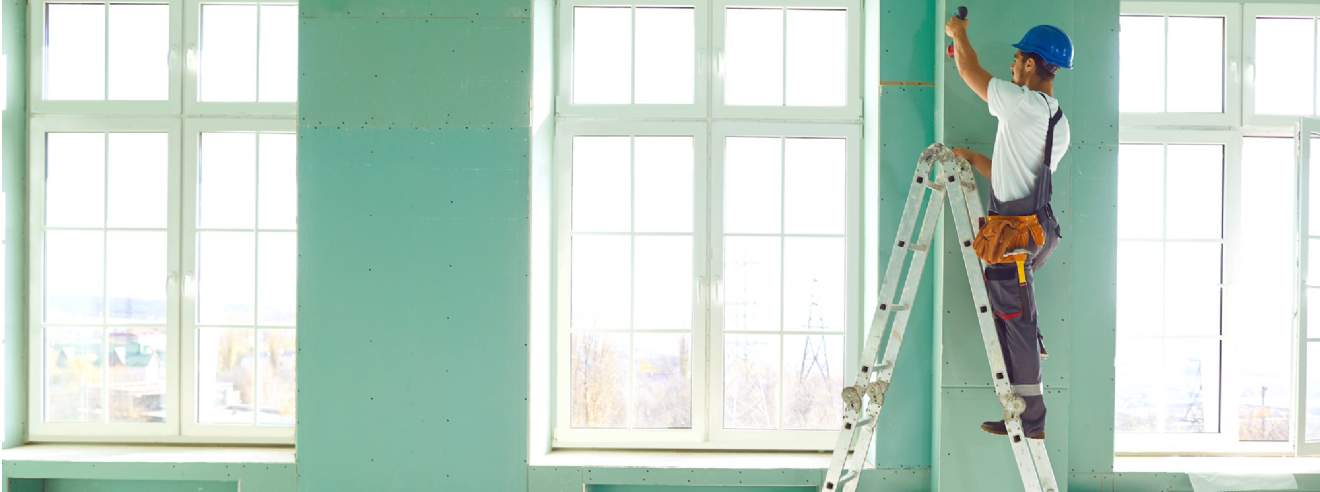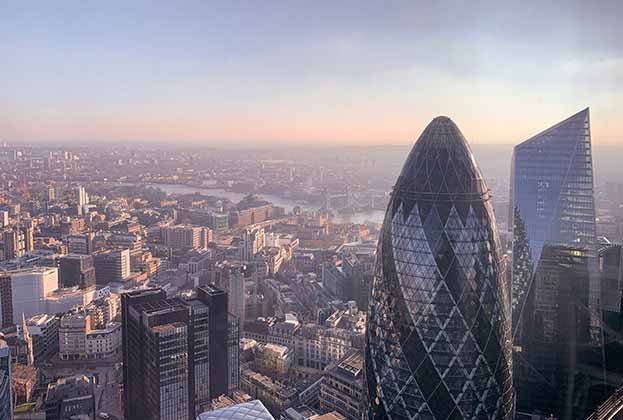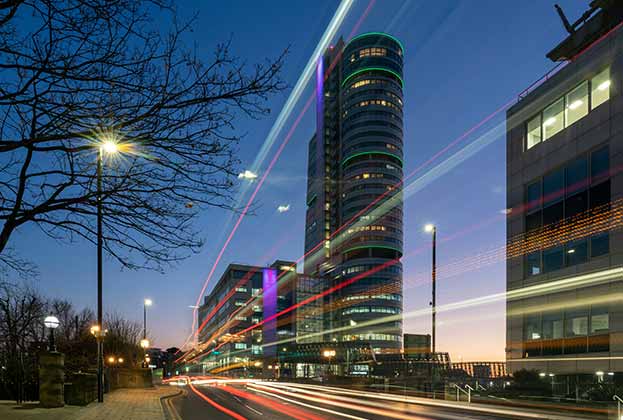It is almost two years since the European Commission’s European Green Deal committed 27 EU member states to reduce their carbon emissions by 55 per cent on 1990 levels by 2030.
Embodied carbon in the built environment, which currently accounts for 38 per cent of total carbon emissions according to the IEA, will be a major part of this: 35 million buildings are set to be renovated by 2030.
These ambitious targets have nudged governments across Europe to introduce tighter regulations in response to these climate change targets.
In the Netherlands, EPC ratings on new commercial leases are required to achieve a minimum Grade C by 2023; in Spain, new office developments must achieve at least an EPC rating B.
Only this month, the net zero strategy published by the UK Government suggested that a minimum energy efficiency standard of EPC B and B should be set for privately rented commercial buildings in England and Wales. Since April last year, Minimum Energy Efficiency Standards (MEES) regulations have prevented office buildings from being let if they fall below an EPC rating of E, which Savills calculates amounts to around 10 per cent of office stock in central London.
Landlords are now, as a consequence, investing more capital expenditure within their office buildings to avoid owning unlettable office space. Across Eurozone office markets, annual capital expenditure (‘capex’) has increased from below 6 per cent of capital values in 2011 to over 8 per cent in 2020, according to data from MSCI. We expect annual capex to increase further – to 8-10 per cent of capital value over the next three to five years.
However, the looming shadow of rising build costs over the next 12 months will make it more difficult for landlords to asset manage their buildings to ensure they don’t become obsolete and a crucial question remains around older office buildings, many of which are listed. Since it is these properties that emit higher levels of carbon, it remains to be seen whether new regulations will start to take account of the level of embodied carbon over the length of the building’s lifespan to offset the relatively higher levels of carbon emissions today.
Likewise, it will be interesting to see whether the landlords that are actively impact investing will be rewarded for upgrading an obsolete office building to a mid-performing asset.
Without doubt, European governments are likely to impose tighter restrictions on the level of carbon emissions in commercial property in the coming years to combat climate change and meet their targets. It is imperative, therefore, that landlords begin to consider how they will asset manage their buildings to avoid any obsolescence these restrictions impose.
Savills recognises real estate is responsible for 40 per cent of carbon emissions and, to coincide with COP26, it is launching its latest research examining how the sector is adapting to meet climate change challenges. Savills is committed to achieving net zero carbon in its operation by 2030. Through Savills Earth it brings together the expertise of more than 100 specialists to support and advise clients on their sustainability, energy and carbon strategies. Visit Savills Earth to find out more.

-impact-the-office-sector(1).jpg)

.jpg)






